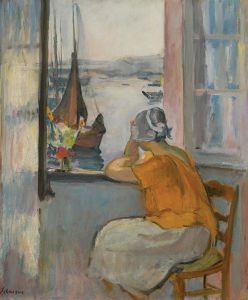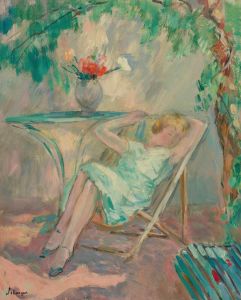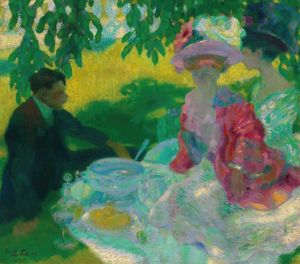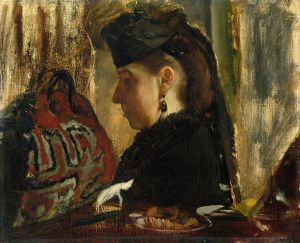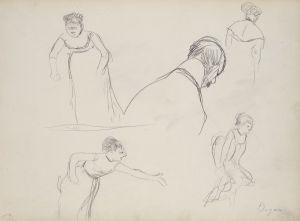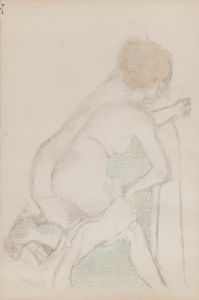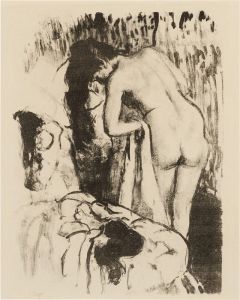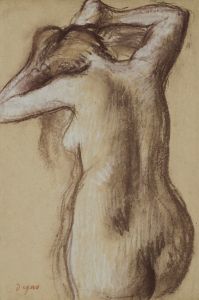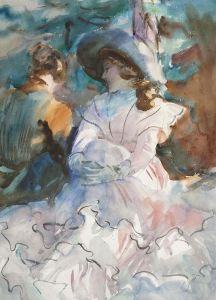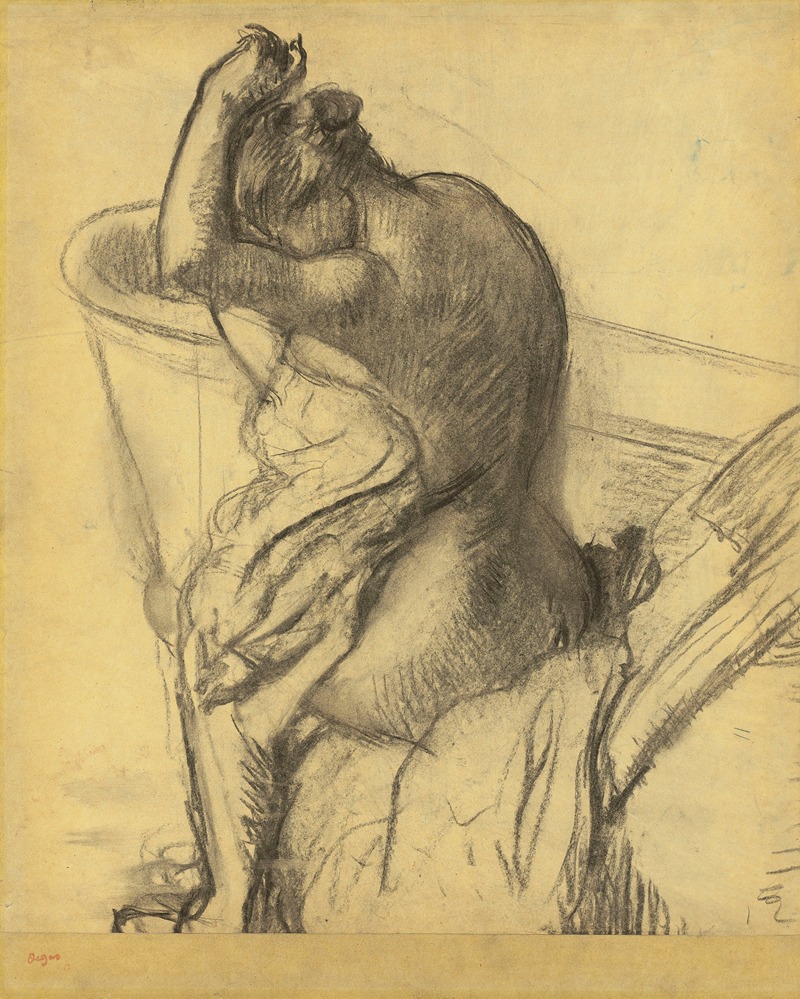
Après le bain
A hand-painted replica of Edgar Degas’s masterpiece Après le bain, meticulously crafted by professional artists to capture the true essence of the original. Each piece is created with museum-quality canvas and rare mineral pigments, carefully painted by experienced artists with delicate brushstrokes and rich, layered colors to perfectly recreate the texture of the original artwork. Unlike machine-printed reproductions, this hand-painted version brings the painting to life, infused with the artist’s emotions and skill in every stroke. Whether for personal collection or home decoration, it instantly elevates the artistic atmosphere of any space.
Après le bain (translated as After the Bath) is a recurring theme in the works of French artist Edgar Degas (1834–1917), a prominent figure in the Impressionist movement. Degas is renowned for his innovative approach to depicting the human form, particularly in intimate and private moments. The Après le bain series, which includes multiple paintings, pastels, and drawings, focuses on women engaged in the act of bathing or drying themselves. These works are celebrated for their candid, unidealized portrayal of the female body and their masterful use of color, light, and composition.
Degas created several variations of Après le bain throughout his career, primarily during the late 19th century. These works often depict women in domestic settings, captured in moments of solitude and vulnerability. The artist's approach to these scenes reflects his interest in naturalistic poses and the everyday rituals of life. Rather than idealizing his subjects, Degas sought to present them in realistic and often unconventional postures, emphasizing the physicality and movement of the human body.
One of the defining characteristics of the Après le bain series is Degas's use of pastel, a medium he increasingly favored in his later years. Pastels allowed him to experiment with vibrant colors and layered textures, giving his works a luminous and dynamic quality. The soft, blended strokes of pastel also contributed to the intimate atmosphere of these scenes, enhancing the sense of immediacy and spontaneity.
Degas's compositions in the Après le bain series often feature cropped perspectives and unusual angles, influenced by his interest in photography and Japanese ukiyo-e prints. These techniques create a sense of immediacy and draw the viewer into the private world of the subject. The settings are typically sparse, with minimal background details, directing attention to the figure and the act of bathing itself.
While some critics during Degas's time viewed these works as voyeuristic, others praised them for their honesty and technical brilliance. Today, the Après le bain series is regarded as a significant contribution to the study of the human form in art, showcasing Degas's ability to balance realism with artistic innovation.
Several pieces from the Après le bain series are housed in major museums and private collections worldwide, including the Musée d'Orsay in Paris and the Metropolitan Museum of Art in New York. These works continue to be studied and admired for their groundbreaking approach to depicting the human figure and their influence on modern art.





